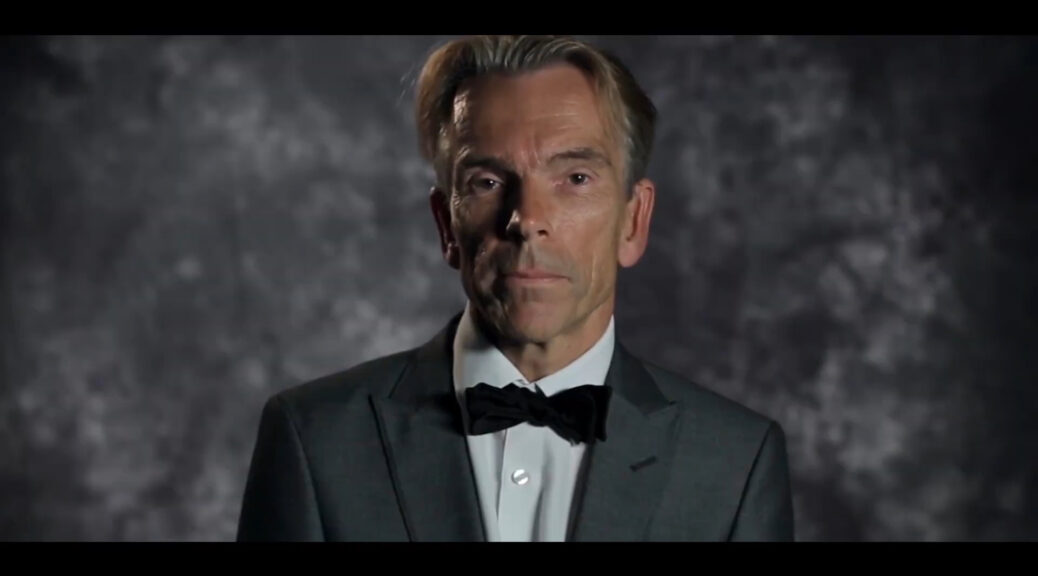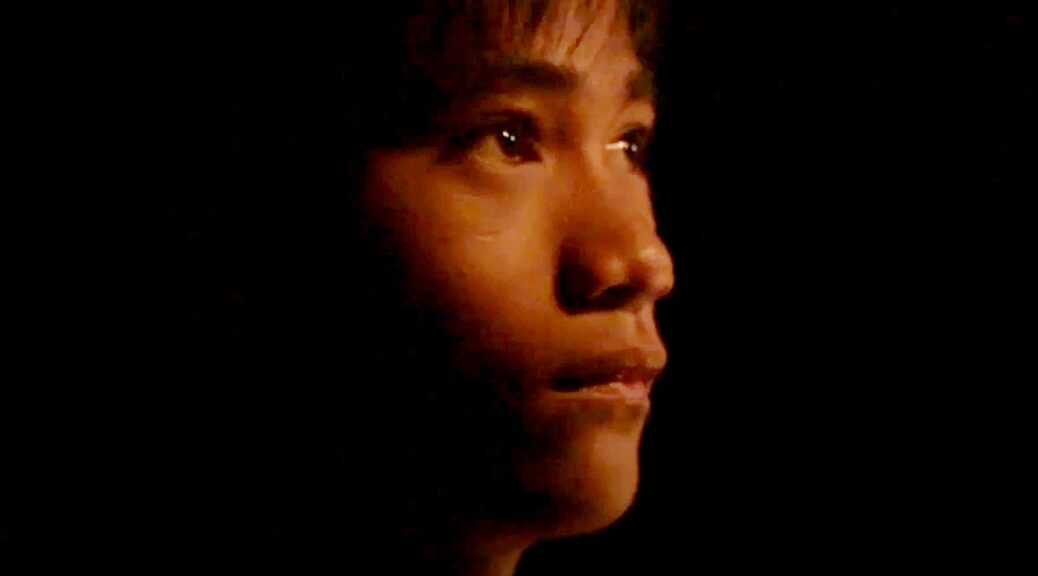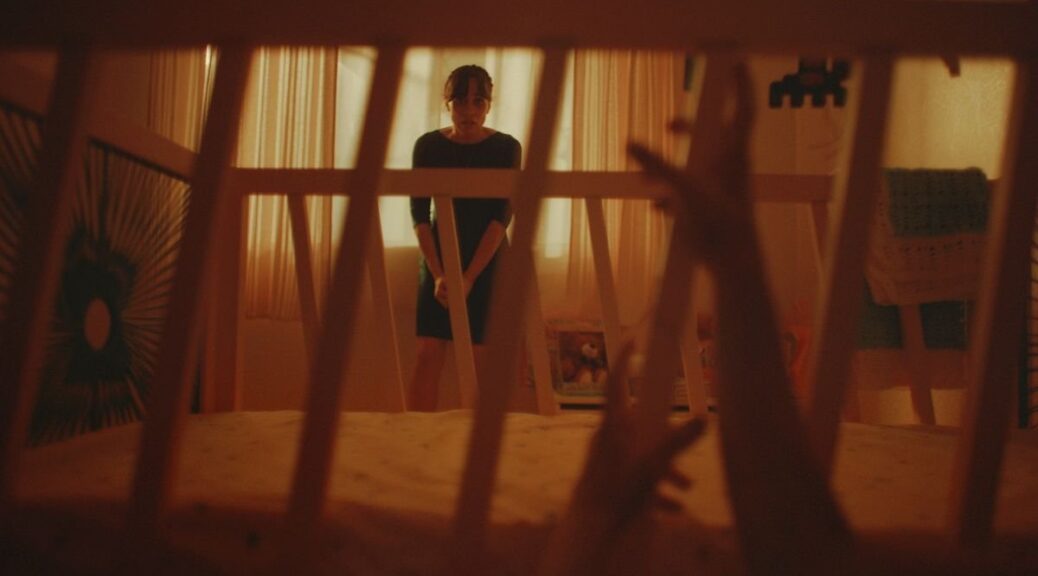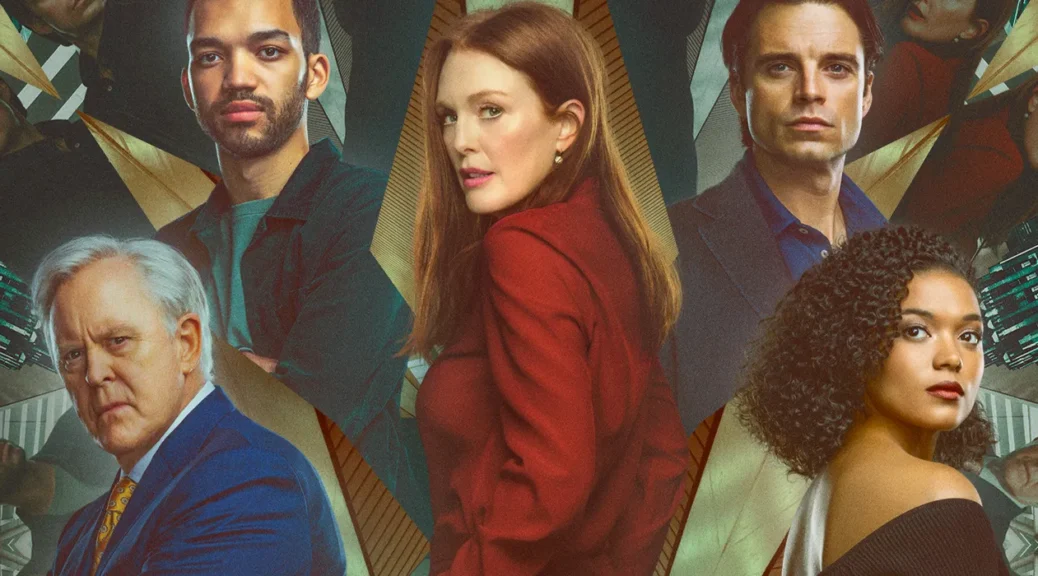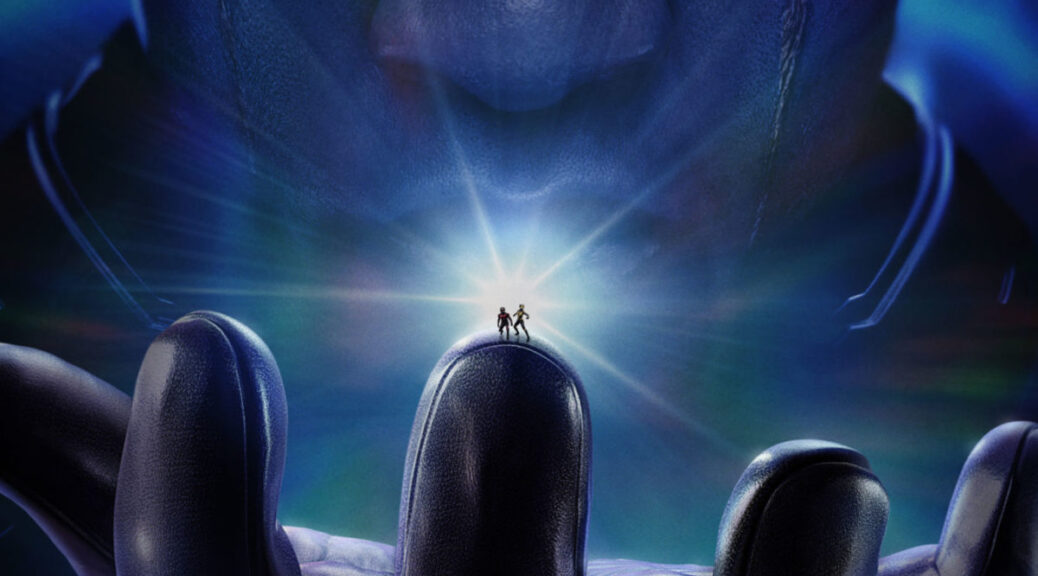Calvaire (The Ordeal)
by Hope Madden
One of the most criminally underseen horror treasures of the 2000s has been restored and re-released, and you really should take advantage.
A paranoid fantasy about the link between progress and emasculation, Calvaire sees a timid singer stuck in the wilds of Belgium after his van breaks down.
Writer/director Fabrice Du Welz’s script scares up the darkest imaginable humor. If David Lynch had directed Deliverance in French, the concoction might have resembled Calvaire. As sweet, shy singer Marc (a pitch-perfect Laurent Lucas) awaits aid, he begins to recognize the hell he’s stumbled into. Unfortunately for Marc, salvation’s even worse.
The whole film boasts an uneasy, “What next?” quality. It also provides a European image of a terror that’s plagued American filmmakers for generations: the more we embrace progress, the further we get from that primal hunter/gatherer who knew how to survive.
Du Welz animates more ably than most our collective revulsion over the idea that we’ve evolved into something incapable of unaided survival –the weaker species, so to speak. Certainly, John Boorman’s Deliverance (the Uncle Daddy of all backwoods survival pics) understood the fear of emasculation that fuels this particular dread, but Du Welz picks that scab more effectively than any filmmaker since.
His film is a profoundly uncomfortable, deeply disturbing, unsettlingly humorous freakshow that must be seen to be believed.





